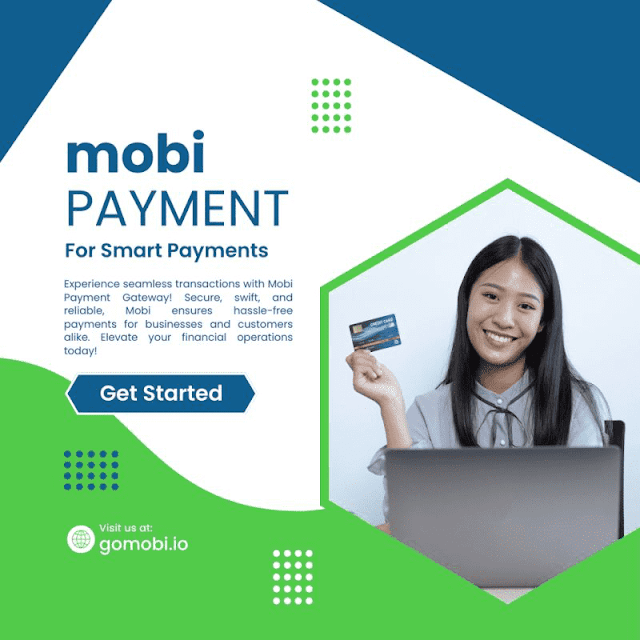How to Prevent Fraud and Secure Online Payments for Your Business
In today’s digital age, securing online payments and preventing fraud is crucial for any business. With the rise of e-commerce and online transactions, businesses are increasingly vulnerable to cyber threats. Implementing robust security measures not only protects your business but also ensures a trustworthy experience for your customers. Here’s a comprehensive guide to help you safeguard your online payments gateway integeation and prevent fraud.
 |
| Secure Online Payments gateway solutions |
1. Understand the Types of Online Fraud
Before you can effectively prevent fraud, it’s essential to understand the various types of online fraud:
-
Phishing: Scammers attempt to steal sensitive information by pretending to be a legitimate entity.
-
Card Not Present (CNP) Fraud: This occurs when someone uses stolen card details to make online purchases.
-
Account Takeover: Fraudsters gain unauthorized access to user accounts and make transactions.
-
Chargeback Fraud: A customer disputes a legitimate transaction to get a refund while keeping the goods or services.
2. Implement Secure Payment Gateways
A secure payment gateway is vital for processing online transactions safely. Look for gateways that offer:
-
Encryption: Ensures that data transmitted between the customer and your server is encrypted.
-
Tokenization: Replaces sensitive card details with a unique identifier (token) to prevent unauthorized access.
-
Fraud Detection Tools: Provides real-time monitoring and alerts for suspicious activity.
3. Utilize Advanced Authentication Methods
Enhancing the authentication process adds an extra layer of security. Consider these methods:
-
Two-Factor Authentication (2FA): Requires users to provide two forms of identification before accessing their accounts.
-
Biometric Verification: Uses fingerprint or facial recognition to verify user identity.
-
Address Verification System (AVS): Matches the billing address provided by the customer with the address on file with the card issuer.
4. Monitor Transactions and User Behavior
Regular monitoring helps detect unusual patterns that may indicate fraudulent activity:
-
Transaction Monitoring: Track transactions for signs of fraud, such as unusual spending patterns or high-value transactions.
-
User Behavior Analytics: Analyze user behavior to identify deviations from typical patterns, which could signal account takeover.
5. Educate Your Team and Customers
Education is key to preventing fraud:
-
Staff Training: Train your team to recognize phishing attempts and other fraud tactics. Ensure they understand the importance of following security protocols.
-
Customer Awareness: Inform customers about safe online practices, such as using strong passwords and recognizing phishing emails.
6. Keep Software and Systems Updated
Regular updates are crucial for maintaining security:
-
Software Updates: Ensure that your payment systems and other software are updated with the latest security patches.
-
Security Patches: Apply patches for any vulnerabilities as soon as they are released to protect against exploits.
7. Implement Secure Payment Practices
Adopt secure practices to further reduce fraud risks:
-
Use SSL Certificates: Secure Sockets Layer (SSL) certificates encrypt data transmitted between your website and the customer.
-
PCI-DSS Compliance: Follow the Payment Card Industry Data Security Standard (PCI-DSS) requirements to ensure secure handling of cardholder data.
-
Regular Security Audits: Conduct periodic security audits to identify and address potential vulnerabilities.
8. Have a Fraud Response Plan
Prepare for potential fraud incidents with a well-defined response plan:
-
Incident Response Plan: Develop a plan to address security breaches, including steps to mitigate damage and communicate with affected parties.
-
Customer Support: Provide a dedicated support channel for customers who suspect fraud or need assistance.
Conclusion
Securing online payments gatway solutions and preventing fraud requires a multifaceted approach involving secure payment gateways, advanced authentication methods, regular monitoring, and continuous education. By implementing these strategies, you can protect your business from fraudulent activities and provide a safe, trustworthy experience for your customers. Remember, staying vigilant and proactive is key to maintaining robust online payment security.


.jpg)
Comments
Post a Comment